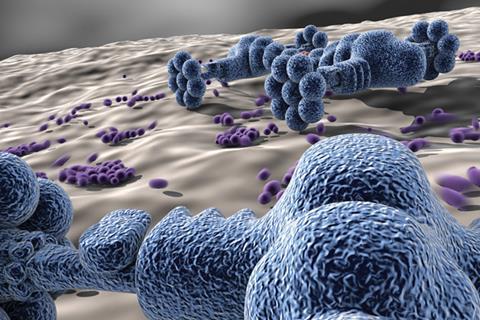Science fiction or science future?

It’s hard not to be attracted to molecular machines: the ingenuity of the chemist put to use producing teeny tiny versions of things we know and use in the real, macroscopic-size world. What’s not to like? It doesn’t take a PhD in chemistry to appreciate a news story that features an atomic-scale car or nanoproduction line – and that’s not something you can say about a great many of the advances we cover, sadly.
I hope it goes without saying that the chemical achievements beneath these tiny devices are impressive in their own right. Being able to design, say, a conformationally driven rotational motor based on chemical principles takes considerable creativity and chemical knowledge; being able to make one requires real synthetic skill and determination.
What might need saying – especially to readers less well versed in chemistry or physics – is that the nanosized world of these machines works in a totally different way to our world, as physicist Dean Astumian explains in our feature. Gravity and friction, two forces that dominate the macroscopic world in which we live, have little or no effect, whereas Brownian motion and intermolecular forces – which don’t give me much pause cycling to work – are much bigger deals.
The cynics among you may be wondering what all the fuss is about. Molecules that look a bit like cars skittering across a surface is perhaps not what Richard Feynman had in mind in his lecture There’s plenty of room at the bottom. But this is early days for molecular machines. Humans have had thousands of years to develop physical tools, but only a few decades working with molecular ones.
Given a few more decades’ work from ingenious chemists, the future for the field is rosy. With human ingenuity not yet in short supply and the vast uncharted reaches of chemical space before us, the only bar to their potential is funding availability. It’s sadly not difficult to picture a scissor-happy politician scoffing at reports of tiny cars and primitive machines and condemning research budgets.
Campaigning chemists of the future could do worse than pointing at nature to persuade the holders of purse strings to be more generous: the biological machines that we call enzymes work with embarrassing complexity and ease. But of course nature has had several billion years of evolution to perfect the likes of the ribosome, which knits together proteins in the blink of an eye – using around a million atoms. As ever, nature provides the chemist with an example that both inspires and terrifies in equal measure.
Neil Withers, Features editor












No comments yet